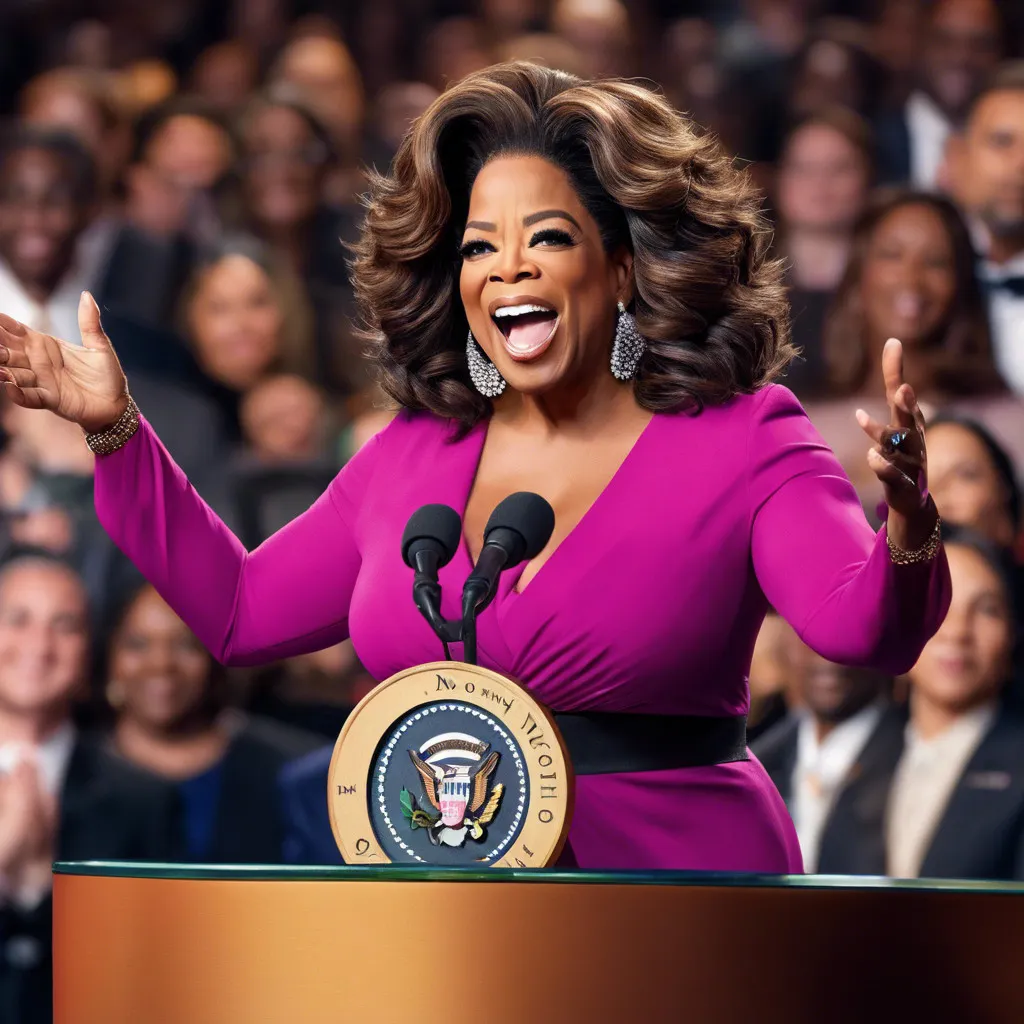Why we Talk
Exploring Human Communication

Why We Talk. Exploring the Dynamics of Human Communication
Human communication is an intricate and dynamic process, integral to the fabric of our society.
From casual chats to deep, soul-searching conversations, the reasons we engage in dialogue are as varied as they are vital.
Below, we delve into the nine primary reasons people talk to each other, illuminating each with real-world examples, particularly from the perspectives of coaches and therapists, to provide a deeper understanding of this fundamental human activity.
Information Exchange

One of the most basic yet profound reasons we communicate is to exchange information.
This can range from everyday occurrences like discussing the weather to more complex exchanges such as sharing technological know-how in a professional setting.
For instance, a business coach might use conversation to impart strategies that help an executive enhance their productivity or navigate corporate politics effectively.
Social Bonding
Talking is our bridge to one another.
Through words, we forge and fortify relationships, creating social bonds that can offer both support and joy.
Therapists, for instance, often facilitate conversations that help individuals build trust and open up about their feelings, which is crucial in therapeutic relationships.
Similarly, life coaches spend time establishing rapport with clients to create a comfortable environment where clients can freely discuss their aspirations and fears.
Problem Solving

Conversation is a powerful tool for tackling challenges.
By discussing issues, brainstorming ideas, and debating solutions, we can arrive at resolutions that might have been elusive in isolation.
Coaches often employ targeted questioning techniques to lead clients to their own solutions for career blockages or personal dilemmas, effectively using dialogue as a pathway to problem resolution.
Entertainment

We also talk to entertain, to weave stories, or to engage in light-hearted banter.
This aspect of communication can strengthen relationships and ease tensions in both personal and professional settings.
A coach might use humour as a tool to break the ice or to lighten the mood during intense training sessions, making the hard work more enjoyable for athletes.
Emotional Expression

Talking allows us to express our emotions, which is essential for mental health and emotional well-being.
Therapists deeply engage in this aspect, providing a safe space for clients to open up about their emotions, which can be therapeutic and healing.
Expressing emotions through conversation can lead to breakthroughs in personal growth and understanding.
Ritualistic Reasons

Many of our conversations are ritualistic, such as greetings, farewells, and formal exchanges at social events.
These rituals help maintain social decorum and are essential in forming first impressions and establishing social norms.
For example, a coach will often start sessions with routine check-ins that not only serve as greetings but also set the tone for the session.
Instruction

Direct instruction is another cornerstone of communication.
This is especially evident in educational settings, where teachers explain concepts, but also in contexts like coaching, where the coach provides guidance on improving techniques or strategies.
This type of communication ensures that knowledge is passed accurately and efficiently from one person to another.
Influence Social Dynamics
Lastly, we communicate to influence social dynamics.
This can involve establishing dominance in a group, showing affiliation, or altering the group's structure through leadership.
A therapist might guide a group therapy session in a way that changes the interactions among group members, promoting healthier and more supportive dynamics.
Takeaway.

The act of talking is much more than just sharing information; it is a complex interplay of psychological, social, and emotional factors.
Each conversation has the potential to influence, persuade, heal, and connect. Coaches and therapists leverage these dynamics professionally to foster growth, solve problems, and enhance understanding.
By recognizing the multifaceted purposes of our dialogues, we can become more mindful communicators, enriching both our own lives and those of others around us.


